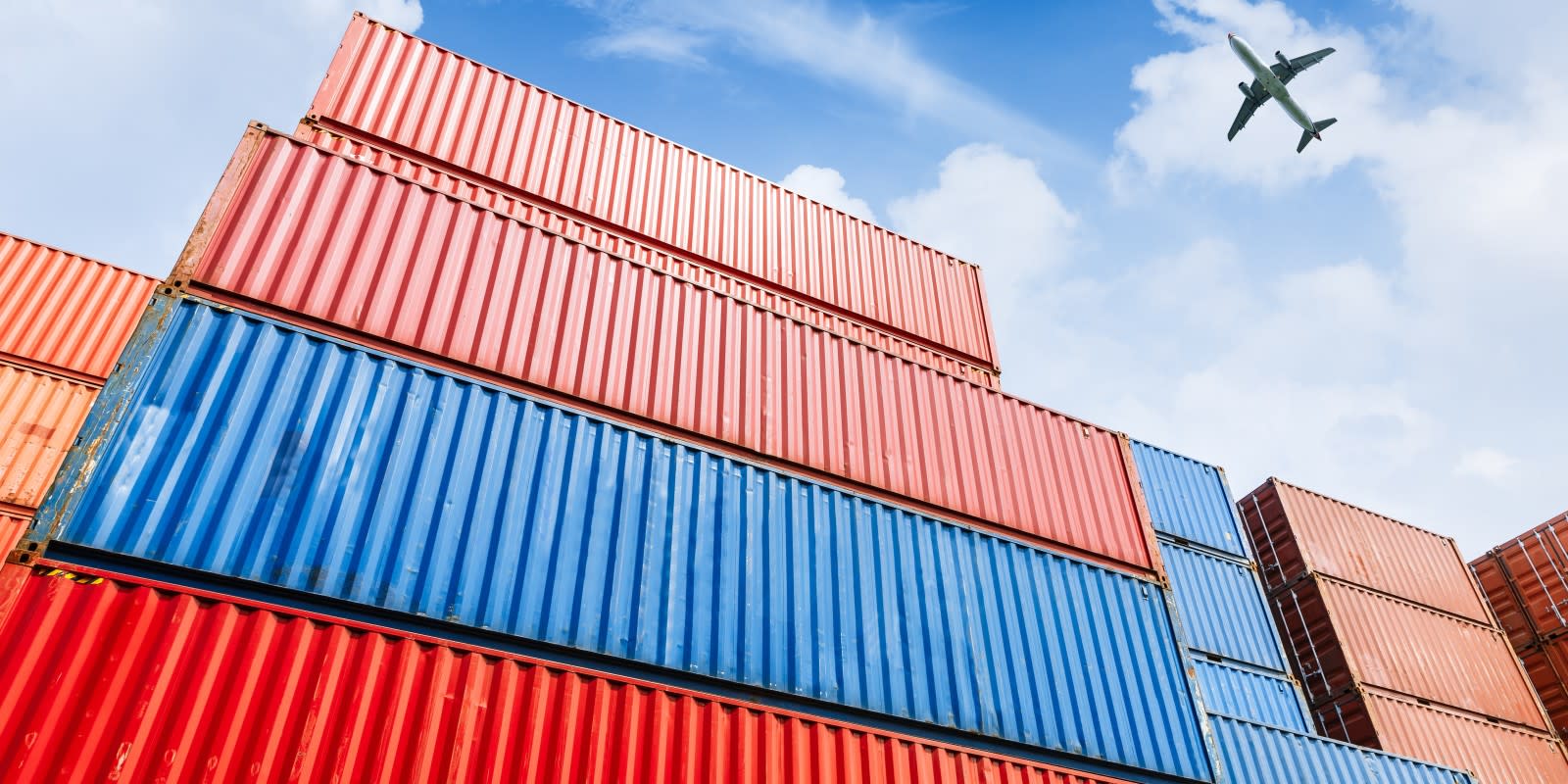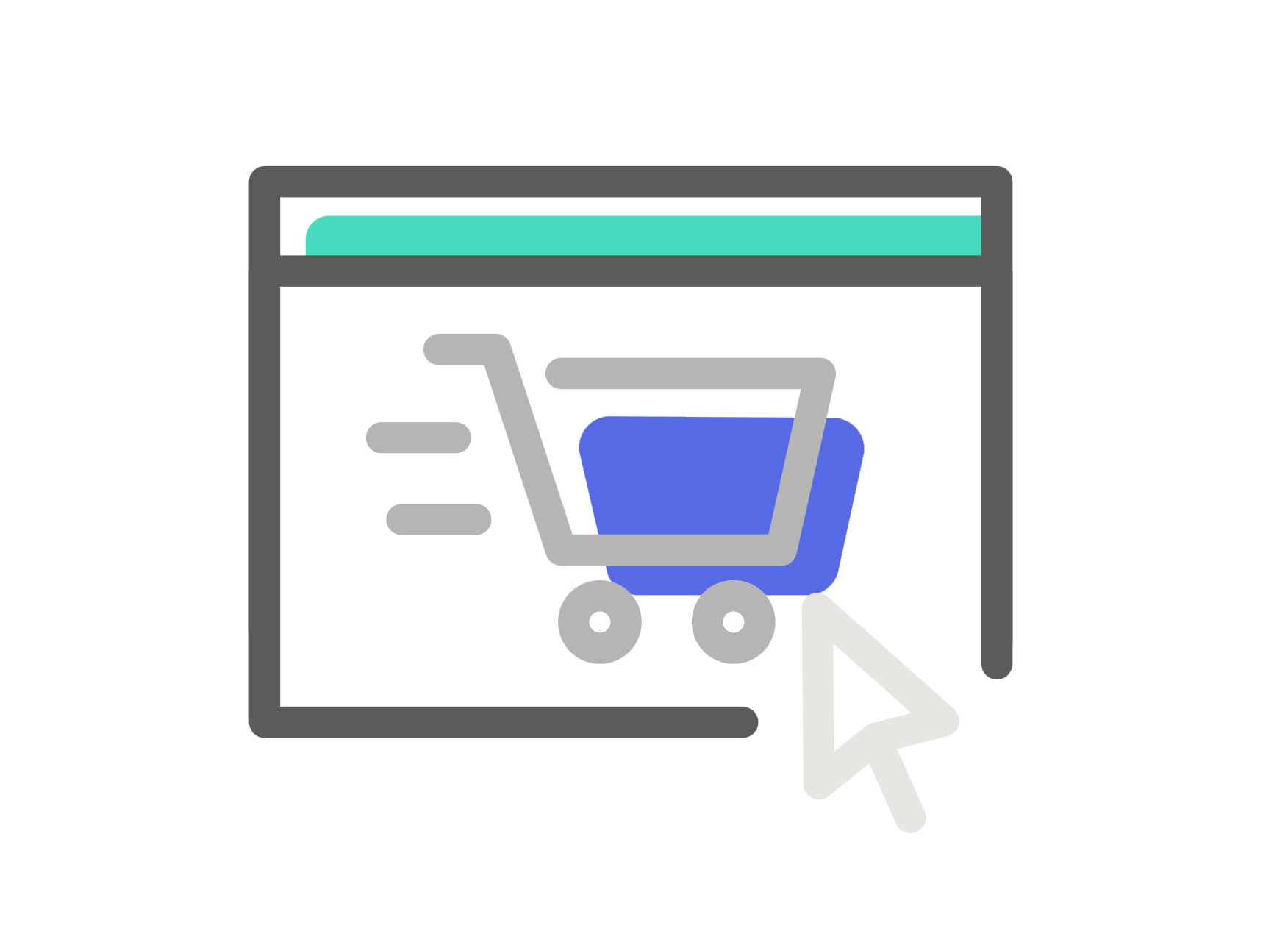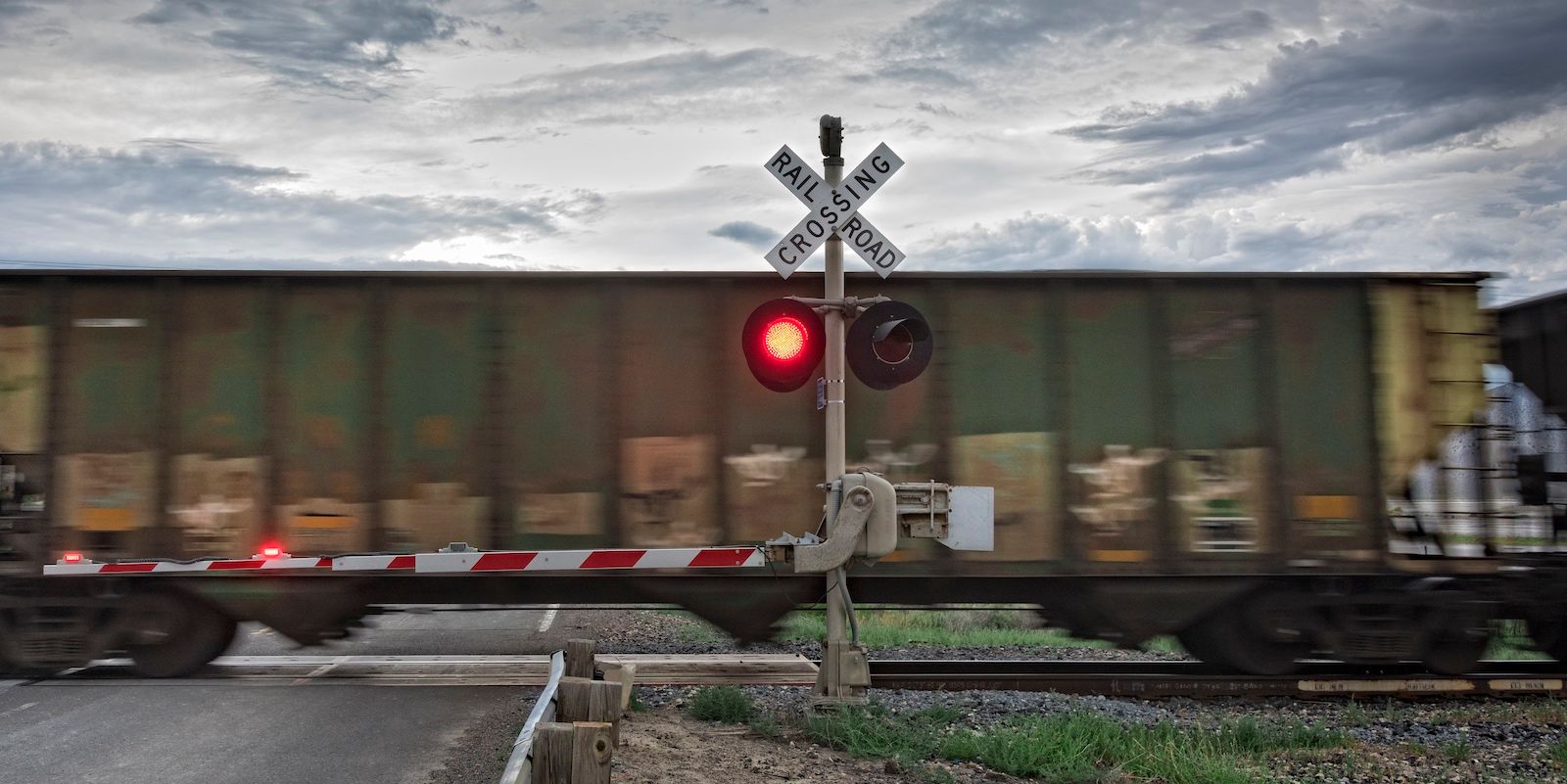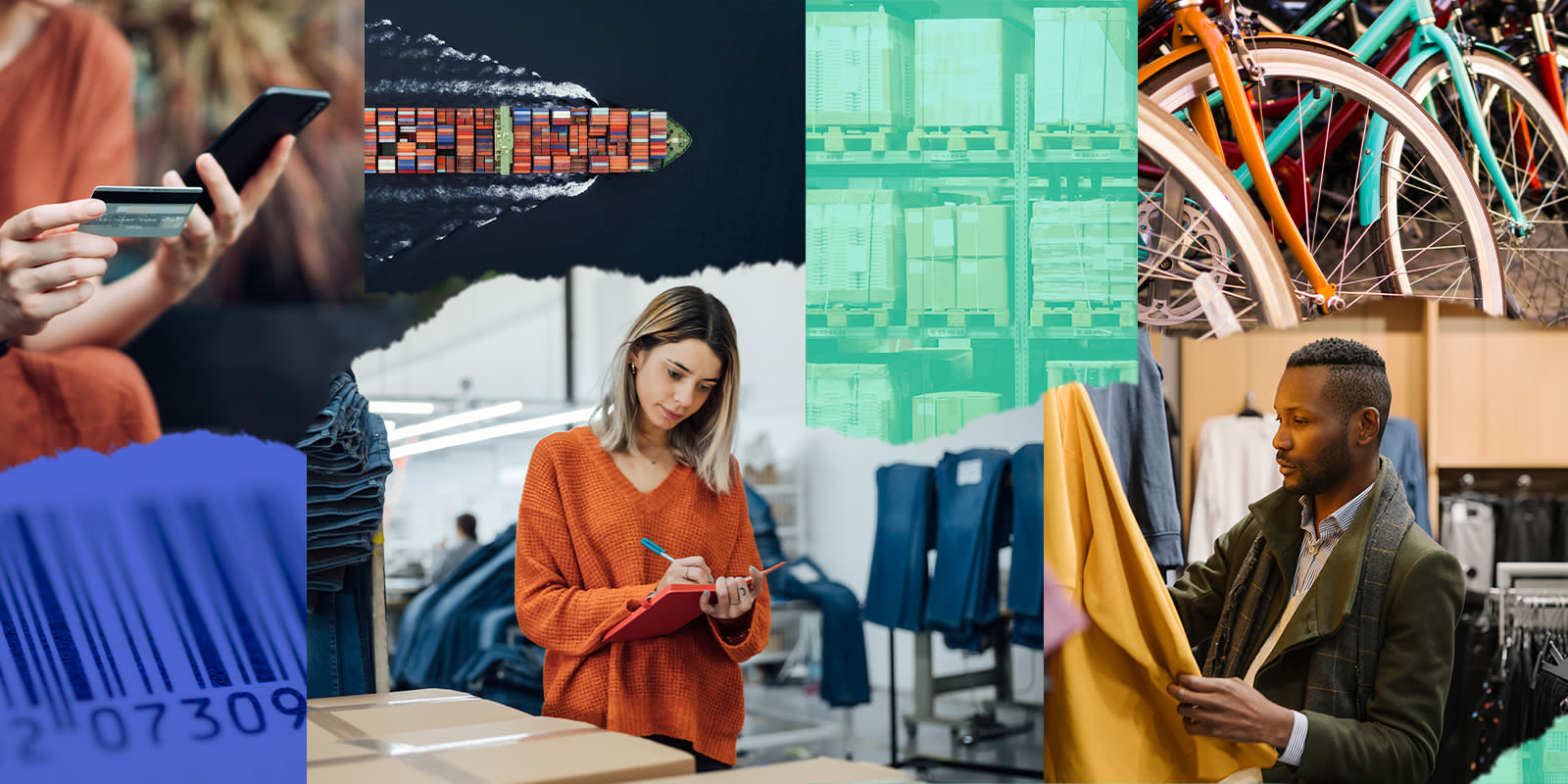
Back to Blog
September 23, 2022
Supply Chain Snapshots - News & Trends You Should Read This Week
Friday, September 23, 2022

Flexport Editorial Team
September 23, 2022
Looking for a quick summary of the top supply chain and logistics news and trends making waves this week? Read our weekly "Supply Chain Snapshots" for helpful summaries and commentary to get you up-to-speed on the news you need to know.
#1 Big Ocean Shipping Lines Turn to Planes as Supply-Chain Snarls Deepen
Read the full article from The Wall Street Journal here
- For the giants of ocean trade, big ships aren’t enough anymore, they need planes, too.
- The pandemic, which accelerated the shift toward online shopping, followed by post-lockdown demand and now the war in Ukraine have proven shipping companies rely on both sea and air to deliver goods on time.
- Port congestion and labor shortages have further slowed deliveries.
- The three European companies that dominate container shipping—Denmark’s AP Moeller-Maersk, France’s CMA CGM Group and Switzerland’s Mediterranean Shipping Co.—have previously shunned airfreight as an unnecessary expense.
- Years of supply chain disruptions have pushed many customers to opt for more expensive—and more reliable—air shipping. (Flexport provides customers air freight that powers transparent, agile, efficient, and profitable global supply chains.)
#2 U.S.'s Top Ports Face Calls to Go Green After 'Unmitigated Growth'
Read the full article from Bloomberg here
- After years of "unmitigated growth," the Port of Long Beach, the busiest U.S. port, is facing calls to lower its carbon footprint to reduce pollution and poor air quality in the region.
- Research cited by the American Lung Association shows that ships' pollution levels show a 20% increase over nine months—the equivalent to emissions from 5.8 million cars and 100,000 diesel trucks.
- Efforts are underway to cut emissions from the thousands of diesel-powered trucks that operate in and around the ports, hauling cargo off the docks to distribution centers and warehouses.
- Long Beach Mayor Robert Garcia, an advocate for this change, states, “If [going green] means cleaner air [and doing right by the community] and causes us to lose some cargo to other ports—I’m OK with that. It can’t come at the cost of people’s lives.”
#3 Fall in Container Spot Rates ‘Much Steeper,’‘Less Orderly’ than Expected
Read the full article from FreightWaves here
- Shipping liner executives predict a continued, but gradual, drop in spot rates.
- According to the Freightos Baltic Daily Index (FBX) China-West Coast assessment has fallen 76% over the past six months. The Drewry Shanghai-Los Angeles assessment is down 57% in the same period.
- Market predictors are bracing blank sailings after China’s Golden Week as carriers look to balance capacity.
- Carriers have more of their volume on annual contracts. In 2019, Maersk said it had only 46% of its long-haul business on long-term contracts. It now has 71% secured for one or more years.
#4 Ford to Restructure Supply Chain Following $1 Billion in Unexpected Quarterly Costs
Read the full article from CNBC here
- Ford announced plans to restructure its global supply chain, days after the company said it expects to book an extra $1 billion in unexpected supplier costs during Q3.
- Ford Chief Financial Officer, John Lawler, will temporarily lead the effort until a chief supply chain officer is selected.
- Lawler is stepping in at a time when parts and raw material costs for automakers and suppliers have been soaring during the coronavirus pandemic.
- On Monday, September 19, Ford said recent negotiations resulted in inflation-related supplier costs running $1 billion higher than previously expected during Q3.
#5 Can Software Simplify the Supply Chain? Ryan Petersen Thinks So
Read the full article from The Verge here
- Ryan Petersen, the founder and co-CEO of Flexport, describes global trade as the, “circulatory system for the world economy,” with 47% of U.S. Gross Domestic Product (GDP) as international trade.
- Along with freight forwarding services, Flexport’s data-driven logistics platform enables end-to-end visibility meant to simplify any supply chain.
- The Flexport Platform helps connect across multiple networks of trucking companies, ocean carriers, airlines, warehouses, and customs brokers with over 10,000 importers and exporters that have cargo to move.
- Petersen explains that the supply chain crisis is untangling. “People are going out, travel, restaurants, hotels, and bars are booming and the volume of goods has come down really fast. The bottlenecks are unblocking themselves… the economy has shifted back to the way it was.”
- What’s next for Flexport? “We are going to be much more than a freight forwarding business. We are getting in order to be the best provider of freight services from door-to-door anywhere in the world, but you’re going to see us be much more than that."
About the Author

Flexport Editorial Team
September 23, 2022






